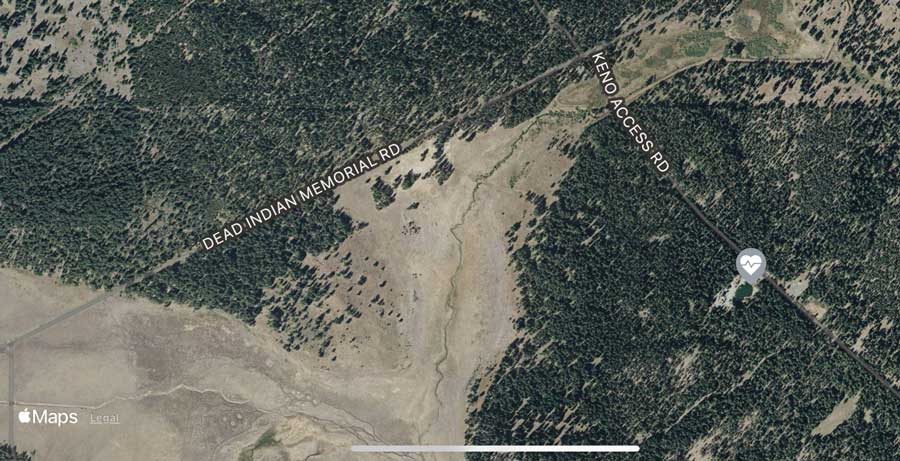‘It’s something we just haven’t seen’: Cougar sighting rattles Cannon Beach
Published 6:00 am Tuesday, July 18, 2023

- A cougar who ventured out to Haystack Rock on the Oregon Coast is pictured in the surf Sunday.
CANNON BEACH — The city’s most famous landmark was closed this past weekend after one stubborn and unusual visitor refused to leave.
When Mylasia Miklas, the communications coordinator for the Haystack Rock Awareness Program, saw a picture Sunday of a cougar prowling around Haystack Rock, her first thought was that it couldn’t be real. She called someone to confirm that, yes, a cougar was indeed on the rock.
As far as she knows, it’s the first time a cougar has been seen there.
“Not to say that it hasn’t happened before,” Miklas said, “but it’s the first time it’s been witnessed.”
It’s a situation that has never happened in Dawn Harris’ 22 years with the U.S. Fish and Wildlife Service’s Oregon Coast National Wildlife Refuge Complex, which includes Haystack Rock. Still, she echoed Miklas: It doesn’t mean it hasn’t happened in the past.
A photographer spotted the big cat at low tide early Sunday morning and alerted awareness program staff who were getting ready for what they thought would be another typical and busy day of educating visitors about tide pools and nesting birds.
Officials with the Cannon Beach police, fire district, Oregon Parks and Recreation Department and the Fish and Wildlife Service quickly converged. They closed the beach between Haystack Rock and the dunes to protect beachgoers, but also to give the cougar a clear path back into the woods.
But as the sun set Sunday night, a sergeant on the beach told Harris the cougar was sitting on the north side of the rock, looking toward the beach.
Cougars — who are also called mountain lions — are known to hunt in marine areas. In Washington state’s Olympic Peninsula, biologists have observed mountain lions swimming from island to island. But it’s not something anyone expected to see at one of the most popular tourist destinations on the North Coast.
“It’s something we just haven’t seen in the last couple decades in Oregon,” Harris said.
An Oregon cougar management plan published by the state Department of Fish and Wildlife in 2017 noted a rise in cougar sightings on the northern coast. The big cats’ range appeared to be shifting and, in some cases, expanding. The changes prompted biologists based in Newport to launch the first-ever coastal effort to track adult cougars’ movements using GPS collars.
Cougar sightings, though infrequent, are not uncommon on the North Coast. On Friday, a trail at Nehalem Bay State Park south of Cannon Beach was closed due to multiple cougar sightings.
The cougar spotted on Haystack Rock could be an animal that was displaced from its usual habitat, or it could be hunting within its range, Harris said. Haystack Rock is protected as a marine garden. It is a national wildlife refuge and, technically, in a national wilderness area.
“It’s anybody’s guess what brought the animal to that island,” Harris said.
Cougars are opportunistic hunters and it is the height of the nesting season at Haystack Rock, famously home to tufted puffins, as well as other seabirds. Miklas wonders if the big cat simply saw an easy meal and got stuck by the rising tide.
For now, it doesn’t appear that any puffins were harmed.
Federal fish and wildlife officials say the cougar stayed low on the rock, far from where the puffins and most of the other birds build their nests.







